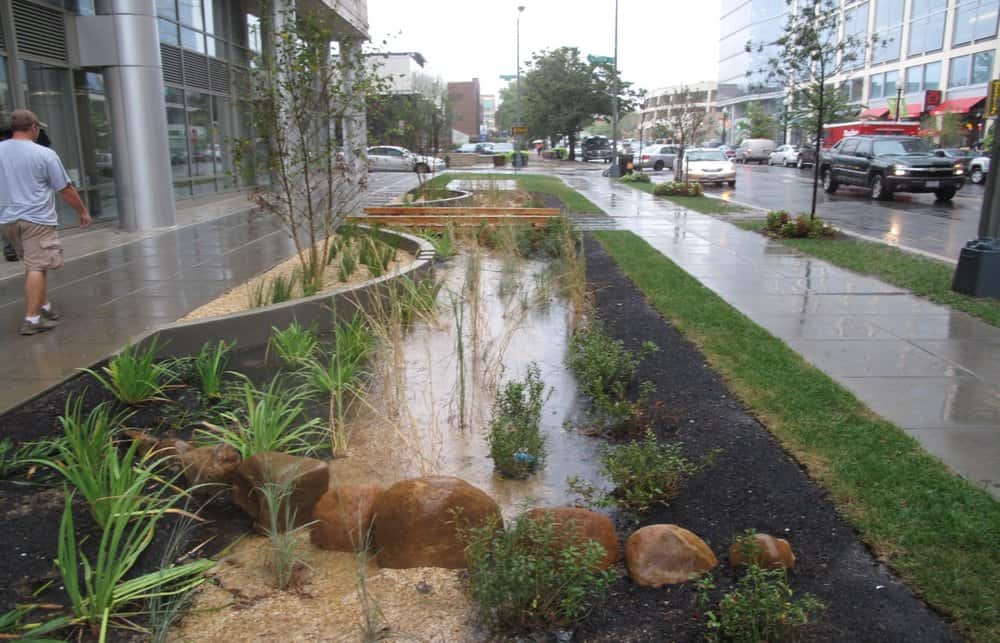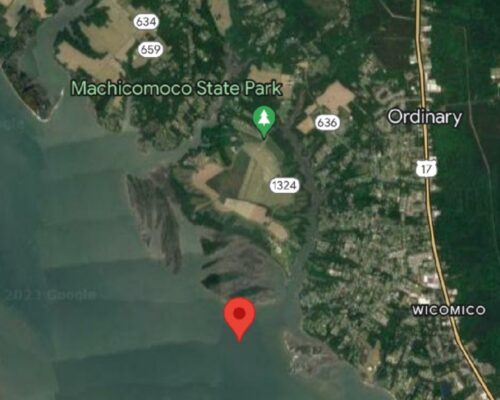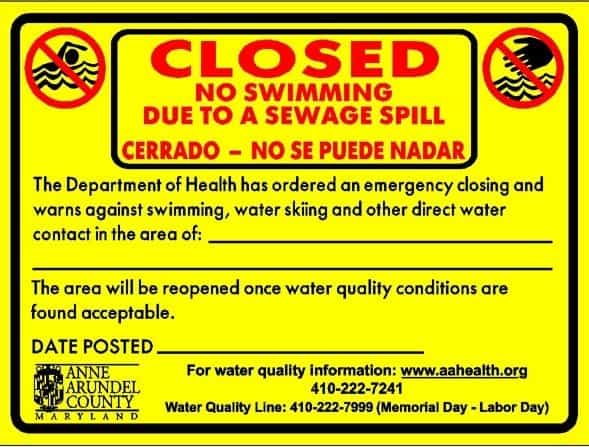Baltimore City is trying out a new funding model to reduce Bay pollution.
The city will partner with the Chesapeake Bay Foundation to create Environmental Impact Bonds that allow investors to pay for projects that minimize polluted runoff, and recoup their investments if the projects are successful.
The Baltimore Department of Public works has more than 90 stormwater management projects planned throughout the city. That flood of projects will be paid for with up to $6.2 million in bonds. The city would repay the bonds depending on how effective the projects were.
CBF and investment advisor Quantified Ventures will help Baltimore fund construction of “green infrastructure,” like gardens that use sand, mulch, or gravel to filter polluted runoff, in more than three dozen neighborhoods and more than a dozen public schools.
The Environmental Impact Bonds will use a “pay for success” plan, in which investors will recoup their funds with interest, if the project outperforms its goals.
“Results matter. Local governments want a solution to this thorny problem of polluted runoff, but they also want to spend tax dollars wisely,” said CBF President Will Baker. “The use of this unique instrument for private investment offers better insurance that this expensive work will result in cleaner water, and the achievement of other community benefits in cities and towns.”
A rain garden in Washington, D.C., one example of green infrastructure.Washington, D.C. was the first city in the country to use a bond like this one to reduce runoff into its sewer system, back in 2016.
DC Water and Quantified Ventures partnered to make Washington, D.C. the first city in the country to use an EIB for reducing polluted runoff into its combined sewer system. It issued EIB bonds in 2016 for the work.
CBF says polluted runoff is one of Baltimore’s leading causes of water pollution. Rainwater flowing off streets, roofs, and other hard surfaces picks up contaminants like nitrogen, phosphorus, and sediments and flushes these into streams and the Inner Harbor. These pollutants can cause excess algae growth, smother aquatic vegetation, and kill fish and other wildlife.
But green infrastructure projects can allow plants, trees and green spaces to soak up and filter the harmful runoff before it flows into the Baltimore Harbor and, ultimately, the Bay. Many of these projects have already been employed around the region, but CBF believes the work needs to be scaled up significantly to make a real difference.
The 90+ projects planned in Baltimore will help the city meet its clean-water goals, as required by state and federal law. The city must reduce and treat polluted runoff on over 4,000 acres by 2019. If these projects work, they could clean up the Inner Harbor, reduce localized flooding, and improve the quality of life in Baltimore neighborhoods.




